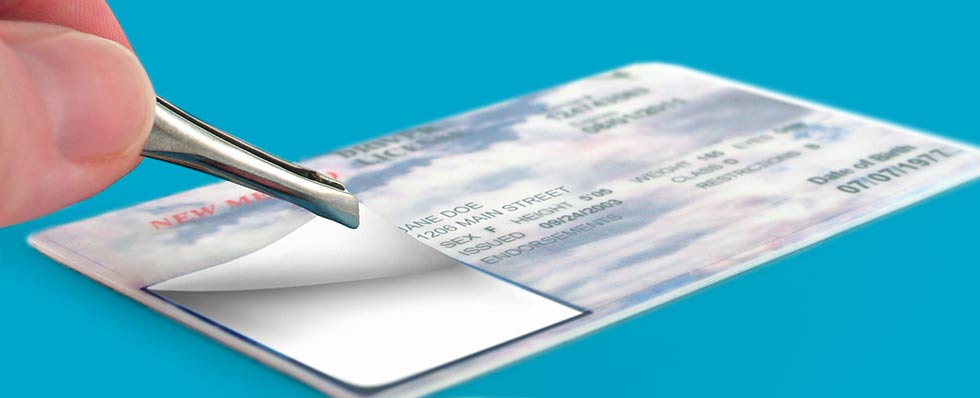Did you know that according to the Financial Crimes Enforcement Network, identity theft-related crimes account for approximately $1 billion stolen per month?
One-quarter of that, or $250 million can be attributed to identity theft and synthetic identity fraud. Chances are good you know a little bit about identity theft anaesthetic fraud, but you probably don’t know enough.
“If you are looking for a vaccine released against identity compromises, continue reading to break down everything that you need to know about synthetic fraud and identity theft to defend yourself and your loved ones from falling victim to these horrible crimes and robberies.”
What to know about synthetic identity fraud?
By this point, chances are good that you are wondering what synthetic identity fraud really is. To put it simply, synthetic identity fraud is a type of fraud in which a criminal somewhere in the world will make use of genuine, fabricated, and stolen information in order to synthetically create a whole new identity.
To break it down even further, think about how a criminal can take a real Social Security number and pair it with a fake name, personal address, and birthday.
Because of this, synthetic identity is not directly linked to any real person. The reason why it is so damaging is that it can dramatically impact the banking and financial services industries.
Overall, the goal of a criminal who is looking to commit synthetic identity fraud is to use these PII or Personally Identifiable Information that have little to no credit history.
This means that banks and other financial institutions such as lenders or credit card companies will have very little pre-existing files regarding any credit related to that real Social Security Card. This makes any use of that SSN less likely to get flagged.
How many people fall victim?

With growing technology, Criminals are now more skilled at getting the information and remaining anonymous.
Last year alone over 7,000 reported breaches that exposed 15 billion records. This represented a staggering increase of over 284 per cent just from the year before.
According to the United States Federal Reserve that dates back to 2016, synthetic identity fraud and theft is the fastest-growing financial crime in the United States. The total amount of write-offs from these crimes was $6 billion, approximately 400 thousand times!
In fact, it is difficult to know the full extent of synthetic identity theft because there is a general lack of consistency in being able to identify synthetic identity fraud in the first place.
For that reason, synthetic identity crimes will continue to grow in popularity and cost the banking and financial industries.
Who are the victims of identity fraud
It is probably good to mention that the primary victims of these crimes are not individuals, but financial institutions. They are the prime target because synthetic identity fraud accounts for approximately 80 per cent of all credit card fraud losses.
The only way that a financial institution really knows that they have been duped is when a synthetic credit card owner will eventually max out the card that they have been using and disappear without a trace.
As a consumer that has no personal stake in the banking industry, you might be wondering how this impacts you.
The simple truth is that these massive losses that financial institutions face due to synthetic identity fraud end up impacting customers in the form of increased banking fees and credit card fees.
So, next time you see that you are paying more money to keep your checking account open or see a major increase in your credit card’s annual fee, you know who you can thank: criminals committing synthetic identity fraud.
How to Stop it?

Perhaps the most obvious way to go about trying to solve this problem is to attack it at the very onset of when the gears start turning and criminals get ahold of the vital information that they need. However, you are probably wondering if this can even be done in the first place?
The good news is that it absolutely can. The primary key to preventing this type of fraud lies in the ability to digitally triangulate enrolled government-issued documents along with enrolled advanced biometric features with other sources of verifiable information.
From there, it makes it harder for criminals to get their hands on the vital information that they need in order to create a synthetic identity in the first place.
Conclusion
As technology only continues to impact and interact with more and more parts of our lives, criminals continue to find new ways to take advantage of it.
Next time you share vital information, try to think about what could be done with it if it is in the wrong hands.
